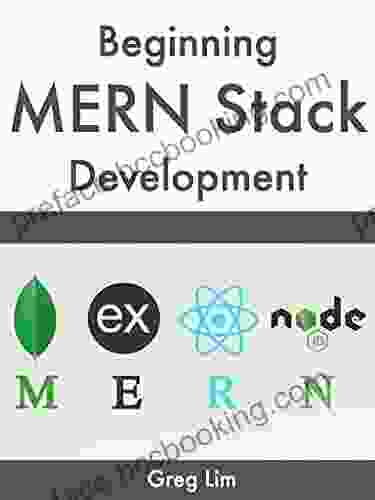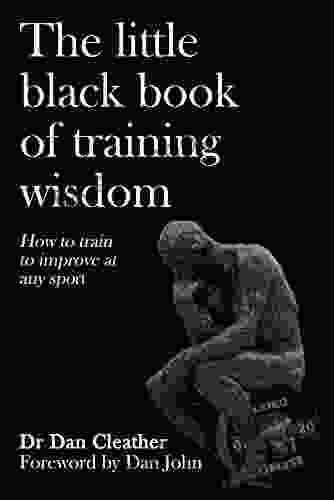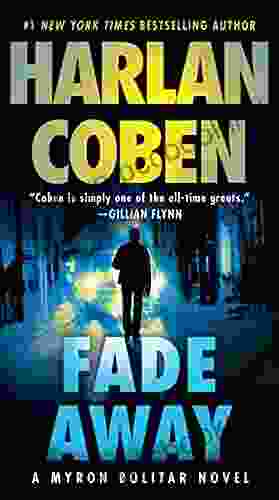Build and Deploy a Full-Stack MongoDB, Express, React, Node.js App: A Comprehensive Guide

Are you looking to build a modern, full-stack web application? If so, then you'll need to master the MERN stack: MongoDB, Express, React, and Node.js. This powerful combination of technologies will allow you to create dynamic, interactive web applications that can handle complex data and user interactions.
4.4 out of 5
| Language | : | English |
| File size | : | 11338 KB |
| Text-to-Speech | : | Enabled |
| Screen Reader | : | Supported |
| Enhanced typesetting | : | Enabled |
| Print length | : | 161 pages |
| Lending | : | Enabled |
In this comprehensive guide, we'll walk you through the entire process of building and deploying a full-stack MERN application. We'll start by setting up the necessary tools and environment, and then we'll dive into building the application itself. We'll cover everything from creating the database schema to writing the React components and Node.js controllers. Finally, we'll show you how to deploy your application to a live server.
What is the MERN Stack?
The MERN stack is a combination of four powerful technologies: MongoDB, Express, React, and Node.js. Each of these technologies plays a specific role in the development of a full-stack web application:
- MongoDB is a NoSQL database that is designed to store and manage large amounts of data. It is a popular choice for web applications because it is scalable, flexible, and easy to use.
- Express is a web framework for Node.js that makes it easy to create fast, scalable web applications. It provides a variety of features out of the box, such as routing, middleware, and template engines.
- React is a JavaScript library for building user interfaces. It is known for its declarative programming style and its focus on performance. React is used to create interactive, dynamic web applications.
- Node.js is a JavaScript runtime environment that allows you to run JavaScript code on the server side. It is a popular choice for building web applications because it is fast, efficient, and easy to use.
Why Use the MERN Stack?
There are many benefits to using the MERN stack for web development:
- Full-stack: The MERN stack provides a complete set of technologies for building full-stack web applications. This means that you can use the same technologies to build both the front-end and back-end of your application.
- Scalable: The MERN stack is designed to scale to meet the demands of large, complex web applications. MongoDB is a scalable database that can handle large amounts of data, and Express and Node.js are both designed to handle high traffic volumes.
- Flexible: The MERN stack is a flexible framework that allows you to customize your application to meet your specific needs. You can choose which technologies to use for each part of your application, and you can easily integrate third-party libraries and services.
- Easy to use: The MERN stack is a relatively easy-to-use framework for web development. MongoDB has a simple data model, Express is a lightweight framework, and React is a declarative programming language. This makes it easy to get started with the MERN stack, even if you are a beginner web developer.
Getting Started with the MERN Stack
To get started with the MERN stack, you will need to install the following software:
- Node.js
- MongoDB
- Express
- React
You can install these packages using the following commands:
bash npm install -g nodejs npm install -g mongodb npm install -g express npm install -g react
Once you have installed the necessary software, you can create a new MERN application by running the following command:
bash mkdir my-mern-app cd my-mern-app npm init -y
This command will create a new directory for your application and initialize a new npm project. You can now add the MERN stack dependencies to your project by running the following command:
bash npm install --save express mongodb react react-dom
This command will install the Express, MongoDB, React, and React DOM packages to your project. You can now create a new Express application by running the following command:
bash touch server.js
Add the following code to your server.js file:
javascript const express = require('express'); const app = express(); const port = 3000;
app.get('/', (req, res) => { res.send('Hello, world!'); });
app.listen(port, () => { console.log(`Example app listening on port ${port}!`); });
This code creates a new Express application and listens on port 3000. You can now start your Express application by running the following command:
bash node server.js
This command will start your Express application and open a new terminal window. You should now see the following output in your terminal window:
bash Example app listening on port 3000!
You can now visit http://localhost:3000 in your browser to see your Express application in action. You should see the following message in your browser:
Hello, world!
Building a Full-Stack MERN Application
Now that you have a basic understanding of the MERN stack, let's build a full-stack web application. We'll start by creating a new MongoDB database and schema.
bash mongo use my-mern-app db.createCollection('users') db.users.insert({ name: 'John Doe', email: '[email protected]' })
This command will create a new MongoDB database named my-mern-app and a new collection named users. The collection will contain a single document with the name John Doe and the email address [email protected].
Now that we have a database and schema, let's create a new React component to display a list of users. We'll call this component UserList.js:
javascript import React,{useState, useEffect }from 'react'; import axios from 'axios';
const UserList = () => { const [users, setUsers] = useState([]);
useEffect(() => { axios.get('http://localhost:3000/api/users') .then(res => { setUsers(res.data); }) .catch(err => { console.log(err); }); }, []);
return (
- {users.map(user => (
- {user.name}
))}
); };
export default UserList;
This component uses the useState and useEffect hooks to fetch a list of users from the API and display them in a list. The component also uses axios to make the API request.
Now that we have a React component to display a list of users, let's create a Node.js controller to handle the API request. We'll call this controller UserController.js:
javascript const express = require('express'); const router = express.Router(); const User = require('../models/User');
router.get('/api/users', async (req, res) => { try { const users = await User.find(); res.json(users); }catch (err){res.json({ error: err }); }});
module.exports = router;
This controller uses the Express router to handle the API request. The controller also uses the User model to find and return a list of users.
Now that we have a React component and a Node.js controller, let's put them all together to create a full-stack MERN application. We'll start by creating a new Express application:
bash touch app.js
Add the following code to your app.js file:
javascript const express = require('express'); const app = express(); const port = 3000; const UserController = require('./controllers/UserController');
app.use(express.json()); app.use('/api/users', UserController);
app.listen(port, () =>
4.4 out of 5
| Language | : | English |
| File size | : | 11338 KB |
| Text-to-Speech | : | Enabled |
| Screen Reader | : | Supported |
| Enhanced typesetting | : | Enabled |
| Print length | : | 161 pages |
| Lending | : | Enabled |
Do you want to contribute by writing guest posts on this blog?
Please contact us and send us a resume of previous articles that you have written.
 Book
Book Novel
Novel Page
Page Chapter
Chapter Text
Text Story
Story Genre
Genre Reader
Reader Library
Library Paperback
Paperback E-book
E-book Magazine
Magazine Newspaper
Newspaper Paragraph
Paragraph Sentence
Sentence Bookmark
Bookmark Shelf
Shelf Glossary
Glossary Bibliography
Bibliography Foreword
Foreword Preface
Preface Synopsis
Synopsis Annotation
Annotation Footnote
Footnote Manuscript
Manuscript Scroll
Scroll Codex
Codex Tome
Tome Bestseller
Bestseller Classics
Classics Library card
Library card Narrative
Narrative Biography
Biography Autobiography
Autobiography Memoir
Memoir Reference
Reference Encyclopedia
Encyclopedia Matt Titus
Matt Titus Knowledge Flow
Knowledge Flow Glenn Rudin
Glenn Rudin Scott Sumner
Scott Sumner Gordon H Chang
Gordon H Chang Greg Boyd
Greg Boyd Stalin Kay
Stalin Kay Glenn Dakin
Glenn Dakin Steve Caplin
Steve Caplin Mark Zwonitzer
Mark Zwonitzer Grace M Cho
Grace M Cho Patti Delano
Patti Delano John Hall
John Hall Tony Cleaver
Tony Cleaver Lisa Gache
Lisa Gache John Sefton
John Sefton Sam Tranum
Sam Tranum Hans Keilson
Hans Keilson Margaret Visser
Margaret Visser Greg W Prince
Greg W Prince
Light bulbAdvertise smarter! Our strategic ad space ensures maximum exposure. Reserve your spot today!

 Blake BellElite Starfighter Game Starfighter Training Academy: Your Gateway to Galactic...
Blake BellElite Starfighter Game Starfighter Training Academy: Your Gateway to Galactic... Giovanni MitchellFollow ·15.5k
Giovanni MitchellFollow ·15.5k Herbert CoxFollow ·9.4k
Herbert CoxFollow ·9.4k Gary ReedFollow ·15.3k
Gary ReedFollow ·15.3k Bob CooperFollow ·13.9k
Bob CooperFollow ·13.9k Thomas MannFollow ·4.2k
Thomas MannFollow ·4.2k W. Somerset MaughamFollow ·11.4k
W. Somerset MaughamFollow ·11.4k Jimmy ButlerFollow ·5.2k
Jimmy ButlerFollow ·5.2k Tyrone PowellFollow ·4k
Tyrone PowellFollow ·4k
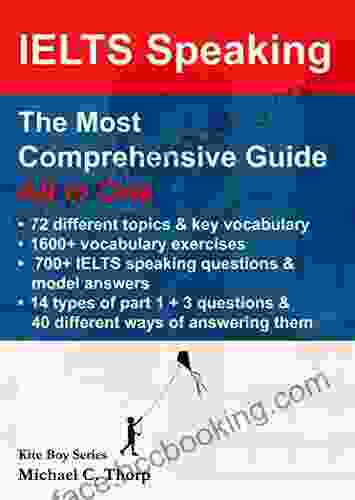
 Brady Mitchell
Brady MitchellMaster IELTS Speaking: The Ultimate Guide to Success
Kickstart Your IELTS...
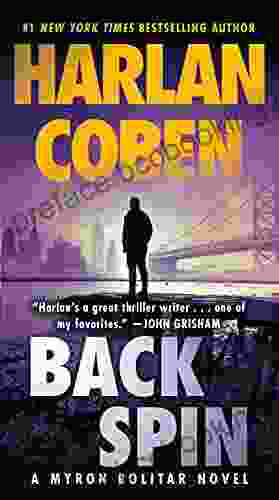
 Branden Simmons
Branden SimmonsBack Spin: A Thrilling Myron Bolitar Novel
Get ready to embark on a...
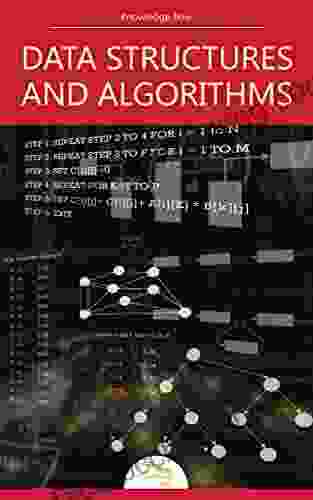
 Marc Foster
Marc FosterData Structures and Algorithms: A Comprehensive Guide to...
In the ever-evolving...

 Jeff Foster
Jeff FosterUnveiling the Basics of Microbiology: A Comprehensive...
The world of...

 J.D. Salinger
J.D. SalingerHold Tight Suspense Thriller: A Gripping Page-Turner That...
Are you ready for a suspense thriller that...
4.4 out of 5
| Language | : | English |
| File size | : | 11338 KB |
| Text-to-Speech | : | Enabled |
| Screen Reader | : | Supported |
| Enhanced typesetting | : | Enabled |
| Print length | : | 161 pages |
| Lending | : | Enabled |


